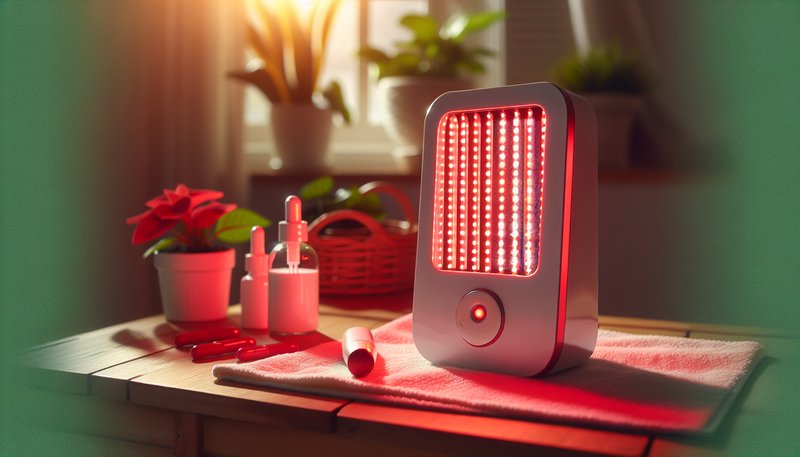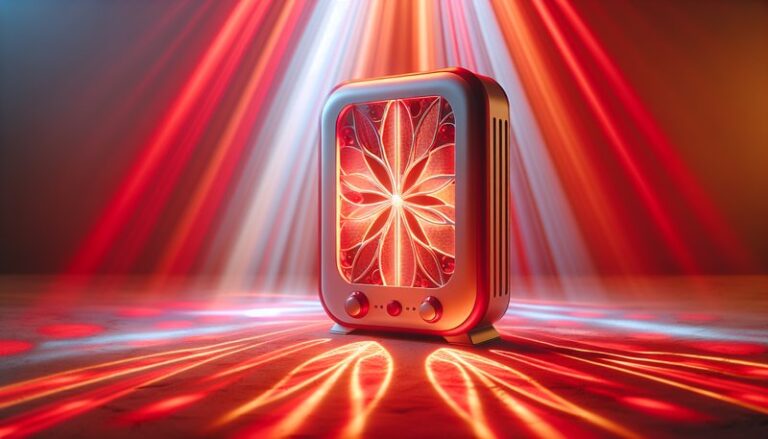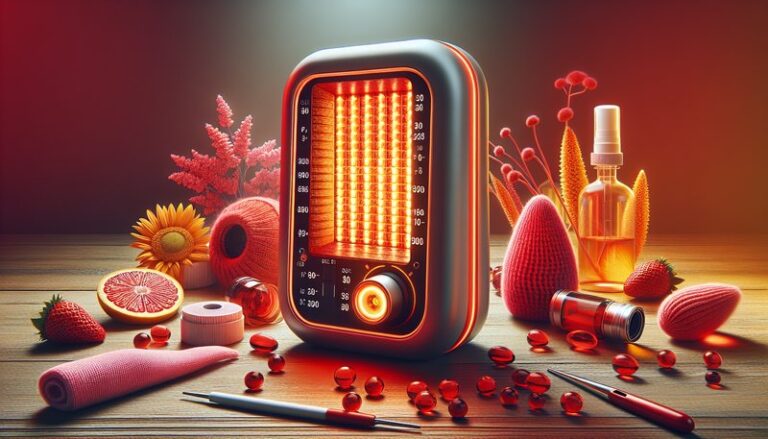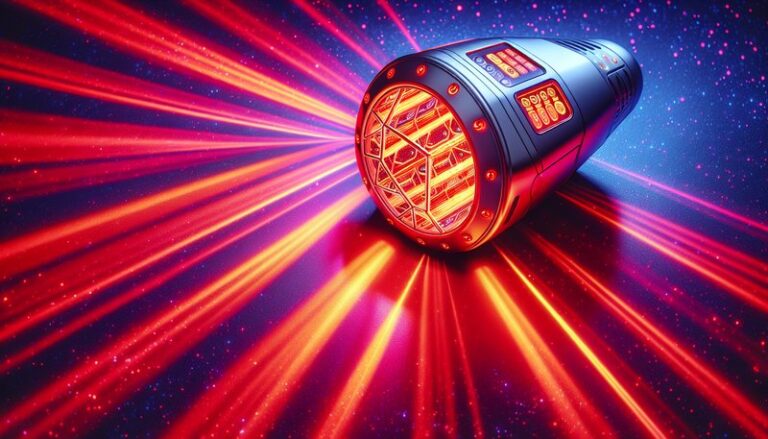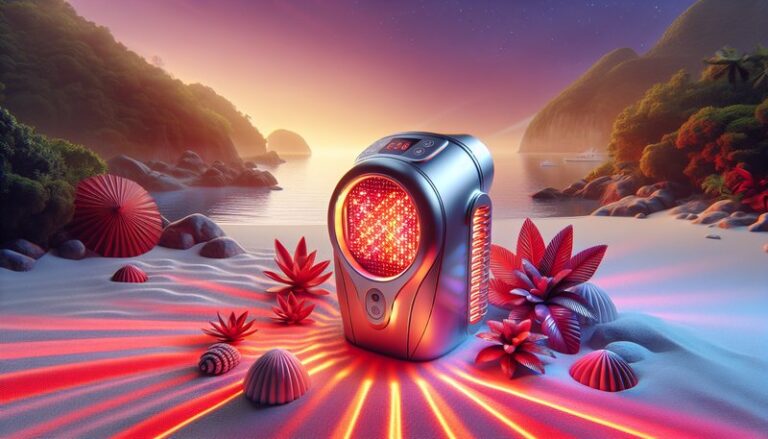Does Red Light Therapy Help Acne?
Have you ever wondered if red light therapy could be the key to clearer skin? In recent years, this treatment has gained popularity as a potential solution for various skin conditions, including acne. This article will explore how red light therapy works, its benefits and drawbacks, alternatives to consider, and whether it is a recommended option for acne treatment.
Key Takeaways
- Red light therapy may reduce inflammation and promote healing, helping to improve acne.
- The treatment is non-invasive, making it a safer alternative to some traditional acne therapies.
- Consulting with a dermatologist is essential to determine if this approach is suitable for your skin type and condition.
What is Red Light Therapy?
Red light therapy (RLT) involves the use of low-level wavelengths of red light to promote healing and reduce inflammation in the skin. This type of therapy utilizes light in the red and near-infrared spectrum, typically in the range of 600 to 660 nanometers. Medical professionals have long used it to treat a variety of conditions, including pain and wound healing, but its application for skin care, particularly acne, has recently garnered attention.
The mechanism behind red light therapy is that the light penetrates into the skin layers, stimulating cellular processes. This stimulation enhances collagen production, reduces inflammation, and can increase blood circulation in the treated area, potentially leading to a reduction in acne symptoms.
Discover the insights in Why is red light therapy costly?
Check out the details in Can I do red light therapy post-laser?
What are the Benefits of Red Light Therapy?
Exploring the benefits of red light therapy can provide valuable insight into why this treatment option is becoming increasingly popular for acne management.
Reduces Inflammation
One of the primary benefits of red light therapy is its ability to reduce inflammation. Acne is essentially an inflammatory skin condition, and by calming the inflammatory response, RLT may help prevent breakouts and promote clearer skin.
Promotes Healing of the Skin
Red light therapy helps accelerate the healing of existing acne lesions. By encouraging cellular regeneration and collagen production, it can lead to a faster recovery from active acne spots and may help reduce the appearance of acne scars over time.
Minimizes Oil Production
Research suggests that red light therapy can help to balance oil production in the skin. Overactive oil glands often contribute to acne, and by calming these glands, RLT may decrease the likelihood of clogged pores.
Provides Non-Invasive Treatment
Unlike some traditional acne treatments, such as chemical peels or laser resurfacing, red light therapy is non-invasive. This means there are generally fewer side effects and a more pleasant experience for users, making it an attractive option for many individuals seeking acne relief.
Is it Possible to Treat Acne with Red Light Therapy?
Red light therapy can be an effective treatment for acne, but its effectiveness can vary between individuals. Factors such as skin type, severity of acne, and consistency of treatment can all influence results. Many users report positive changes, including reduced redness and fewer breakouts, suggesting that RLT may be a viable option for many people dealing with acne.
What are the Advantages of Using Red Light Therapy?
- Convenience: RLT devices, both professional-grade and at-home options, allow for easy integration into skincare routines.
- Minimal Side Effects: Compared to harsher treatments like isotretinoin or certain antibiotics, RLT typically comes with fewer side effects.
- Complementary Treatment: Red light therapy can be used alongside other acne treatments to enhance overall effectiveness.
What are the Disadvantages of Using Red Light Therapy?
- Variable Results: Not everyone experiences the same degree of benefit from RLT, and some people may see minimal improvement.
- Potential Cost: Professional sessions can be costly, and while at-home devices are available, they can still represent a financial investment.
- Requires Commitment: To achieve the best results, regular treatments are necessary, which can be time-consuming.
What are the Things to Consider Before Trying Red Light Therapy?
Before committing to red light therapy for acne, it’s essential to consider several important factors.
Skin Type
Understanding your skin type—whether oily, dry, combination, or sensitive—can impact how your skin responds to red light therapy. Consulting a dermatologist can help tailor the treatment to your specific needs.
Treatment Frequency
Determining how often you will need treatment is crucial. Many sources recommend sessions several times a week for optimal results, so be prepared for a commitment.
Other Skin Conditions
If you have existing skin conditions, such as eczema or rosacea, it’s important to discuss these with a healthcare professional. Red light therapy can potentially affect various skin concerns differently.
What are the Alternatives to Red Light Therapy?
If red light therapy doesn’t seem like the best fit for you, there are several alternative treatments for acne to consider.
Topical Treatments
Over-the-counter products containing active ingredients like benzoyl peroxide, salicylic acid, or retinoids can effectively treat acne by targeting bacteria and unclogging pores.
Chemical Peels
Chemical peels help exfoliate the skin and can significantly reduce the appearance of acne and acne scars. This treatment is conducted by professionals and varies in strength depending on your needs.
Laser Therapy
Like red light therapy, laser treatments use light to target acne but may penetrate deeper into the skin. There are various types of lasers used for acne treatment, often providing more immediate results.
Conclusion: Is it Recommended to Use Red Light Therapy for Acne?
Red light therapy offers a promising approach to acne treatment, featuring benefits such as reduced inflammation, improved healing, and a non-invasive process. However, results can vary, and it’s crucial to consider your unique skin type and the commitment involved in regular treatments. Consultation with a dermatologist is advisable to tailor the most effective acne treatment plan.
Frequently Asked Questions
Does red light therapy hurt?
No, red light therapy is generally painless and feels like a warm sensation on the skin. Most users report a comfortable experience without any discomfort.
How long does a red light therapy session last?
Sessions typically last between 10 to 20 minutes, depending on the device used and the extent of treatment required.
How many sessions do I need for results?
Results can vary, but many users see improvement after several sessions, generally recommended as 3 to 5 times a week for the first few weeks.
Is red light therapy safe for all skin types?
While red light therapy is generally considered safe for all skin types, it’s advisable to consult with a dermatologist to ensure it’s suitable for your specific skin concerns.
Can I use red light therapy while using other acne medications?
Yes, red light therapy is often used in conjunction with other treatments. However, consult with a healthcare provider to develop a safe and effective treatment plan.
